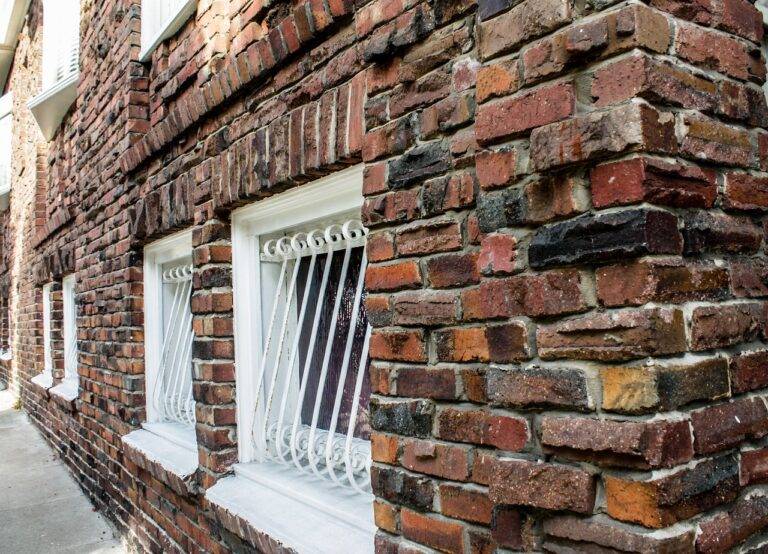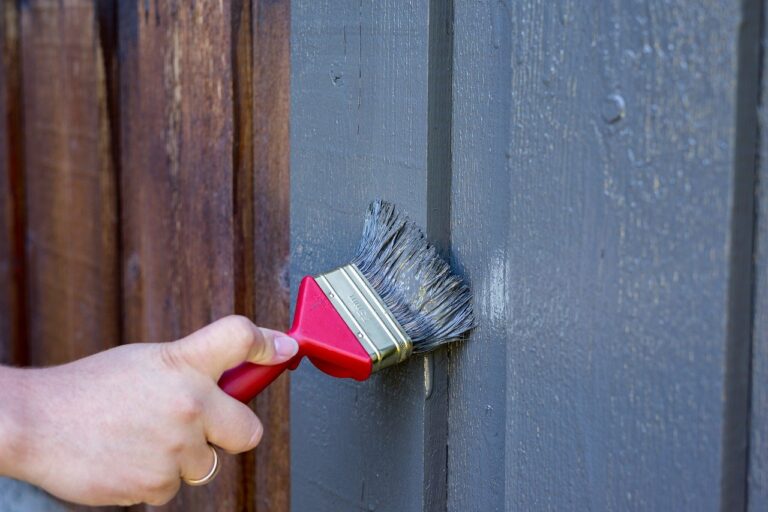DIY Sump Pump Replacement Steps
11xplay pro, tiger 247 login, betbook:Are you experiencing issues with your sump pump and considering a replacement? DIY sump pump replacement can be a cost-effective solution if you’re up for the challenge. In this comprehensive guide, we will walk you through the steps of replacing your sump pump to ensure a smooth process.
Before we dive into the replacement steps, let’s first understand the importance of a sump pump in your home. A sump pump plays a critical role in preventing basement flooding by removing excess water from around your foundation. Without a properly functioning sump pump, your basement could be at risk of water damage, mold growth, and other issues.
Now, let’s get started with the DIY sump pump replacement steps:
1. Turn off the power: Before beginning any work on your sump pump, make sure to turn off the power to the unit. This will prevent any accidents or injuries while you’re working on the replacement.
2. Drain the sump pump: Disconnect the pump from the discharge pipe and drain any remaining water from the sump pit. You can use a bucket or a pump to remove the water.
3. Disconnect the pump: Unplug the sump pump from the power source and disconnect any additional connections such as the float switch or check valve.
4. Remove the old sump pump: Carefully remove the old sump pump from the sump pit. You may need to loosen any screws or bolts holding the pump in place.
5. Install the new sump pump: Place the new sump pump into the sump pit and secure it in place. Make sure the pump is level and upright to prevent any issues with operation.
6. Reconnect the connections: Reconnect the power source, float switch, and check valve to the new sump pump. Double-check all connections to ensure everything is secure.
7. Test the sump pump: Fill the sump pit with water to test the new sump pump. Ensure that the pump turns on automatically and pumps out the water efficiently.
8. Monitor the sump pump: Once the new sump pump is installed and tested, keep an eye on it to ensure it continues to operate properly. Regular maintenance and monitoring will help prevent any future issues.
Remember, if you’re not comfortable with DIY sump pump replacement or encounter any difficulties during the process, it’s best to seek professional help. Proper installation and maintenance of your sump pump are crucial to protecting your home from potential water damage.
FAQs
Q: How often should I replace my sump pump?
A: Sump pumps typically last around 10 years. However, it’s essential to monitor your sump pump regularly for any signs of wear or malfunction and replace it as needed.
Q: Can I replace my sump pump myself?
A: Yes, you can replace your sump pump yourself if you have some plumbing knowledge and the necessary tools. However, if you’re unsure or encounter any difficulties, it’s best to consult a professional.
Q: What are signs that my sump pump needs replacement?
A: Signs that your sump pump may need replacement include strange noises, constant running, frequent cycling, and visible signs of wear or damage.
In conclusion, DIY sump pump replacement can be a manageable task if you follow the steps outlined above. Remember to prioritize safety and thoroughness throughout the process to ensure a successful replacement. If you have any doubts or concerns, don’t hesitate to contact a professional for assistance.







